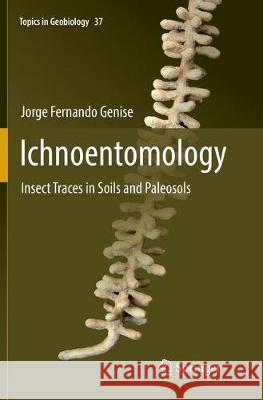Ichnoentomology: Insect Traces in Soils and Paleosols » książka
topmenu
Ichnoentomology: Insect Traces in Soils and Paleosols
ISBN-13: 9783319802985 / Angielski / Miękka / 2018 / 695 str.
Kategorie:
Kategorie BISAC:
Wydawca:
Springer
Seria wydawnicza:
Język:
Angielski
ISBN-13:
9783319802985
Rok wydania:
2018
Wydanie:
Softcover Repri
Ilość stron:
695
Waga:
0.99 kg
Wymiary:
23.39 x 15.6 x 3.68
Oprawa:
Miękka
Wolumenów:
01
Dodatkowe informacje:
Wydanie ilustrowane











